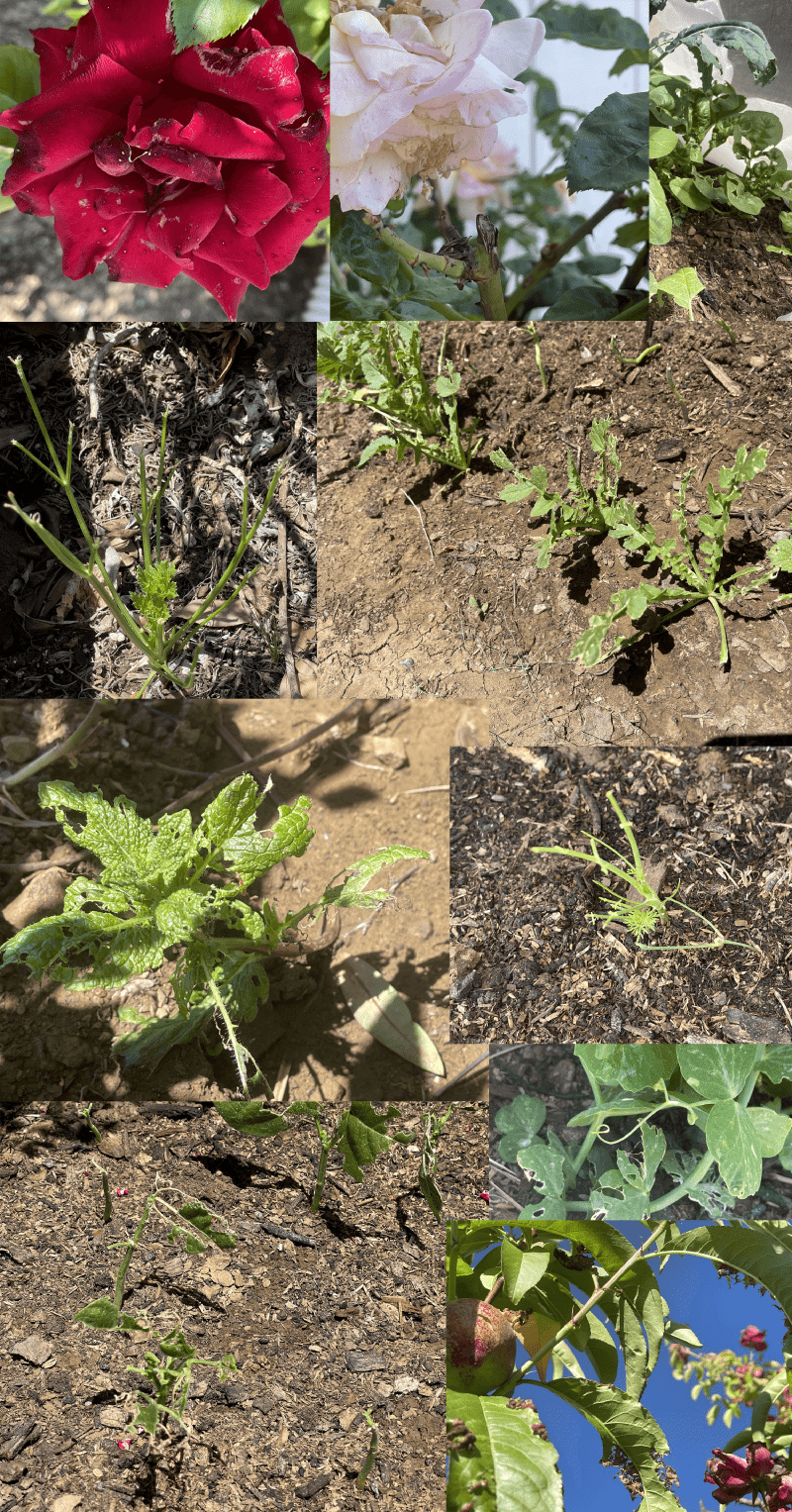List of Plants Earwigs Love to Eat and Destroy
Updated:
There are few insects in my garden that are absolutely kill-on-sight.
Earwigs (or “pincher bugs”) are on top of this list.
At certain times of the year, I find earwigs to be worse than snails and slugs. For a long time, I used to think snails or slugs are the only pests that could turn my sprouts into nubs.
Earwigs are fast, hide very well, and leave no trail. I’ve run into many groups burrowed into the ground.
Too many earwigs in one place can cause severe damage to an edible garden containing plants with tender foliage and soft fruits. I’ve had many transplanted plants, over 6" tall and wide, that were turned into plant sticks and stems by voracious earwigs.
Supposedly, earwigs eat a lot of dead plant matter and insects such as aphids and mites1. In my garden, when there’s plenty of usual food sources such as dead plant matter and aphids, the earwigs seem to gravitate toward actual live tender plants instead. I’ve seen older, tougher plants and leaves damaged by them as well.
To confirm if earwigs are the culprit of damaged or disappeared plants in your garden, it’s a good idea to go out and check your damaged plants in the garden about an hour after sunset. Shining a light on the plants in the dark can help reveal some of the earwigs crawling around eating your plants. The worst I’ve seen is something like out of a horror film — masses of earwigs crawling on my baby bush bean plants.
From my personal observation, here’s a list of plants earwigs love to eat and destroy:
Parsley
Dill
Sage
Cucumber sprouts, and cucumbers
Squash sprouts (Especially pumpkin)
Sunflower sprouts, leaves
Tomato leaves, smaller tomato plants, sprouts, occasionally tomatoes
Kale
Spinach
Broccoli sprouts, leaves
Tough strawberry leaves, fruit
Radish sprouts, leaves, roots
Beet sprouts, leaves
Carrot sprouts and leaves
Pea leaves
Bush bean sprouts, plants
Lemon balm leaves
Mint leaves
Horseradish leaves
Borage leaves
Rose petals
Fig leaves
Apricot/Nectarine tree leaves, fruit
Plum tree leaves, fruit
Passionfruit vine leaves
and more.
Experience may differ per backyard and area.
Below are examples of earwig damage from my garden, confirmed during night-time.

I’ll keep this updated when I find out new information.
Earwig information in California by University of California Integrated Pest Management Program (UC IPM). ↩︎